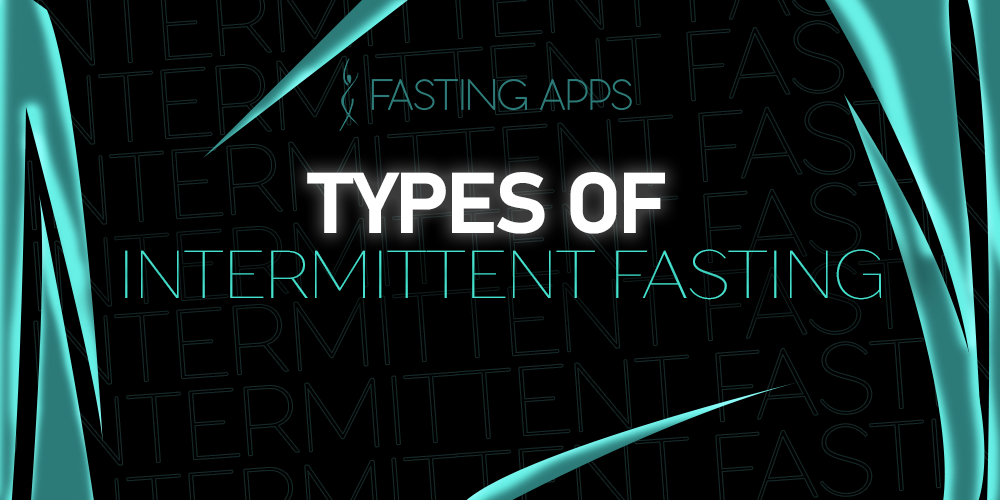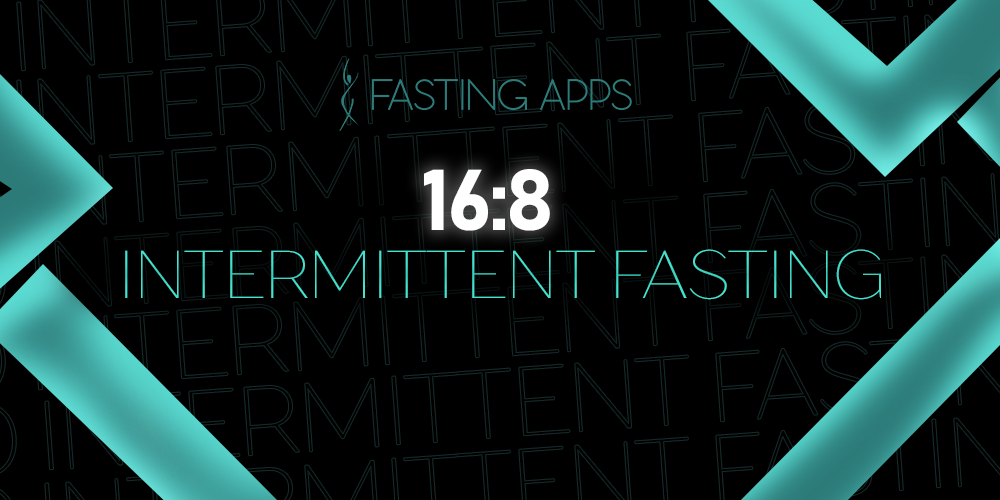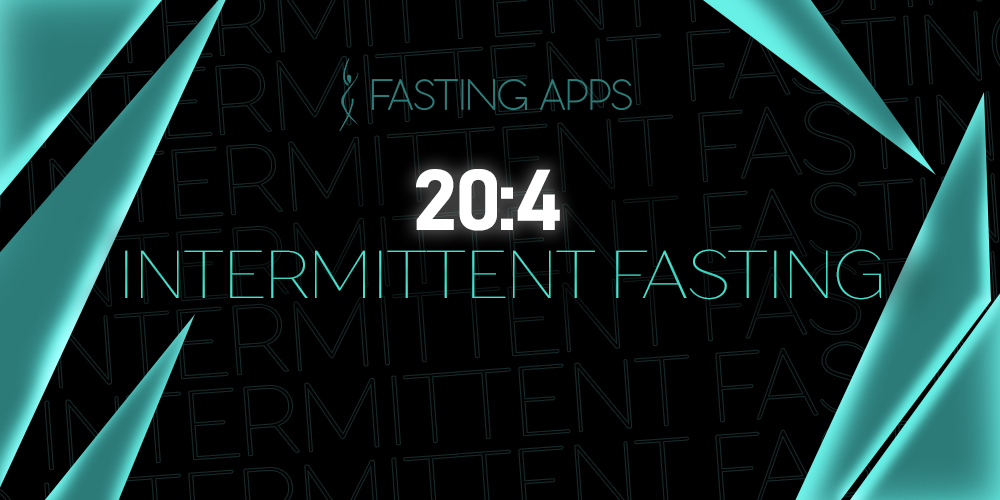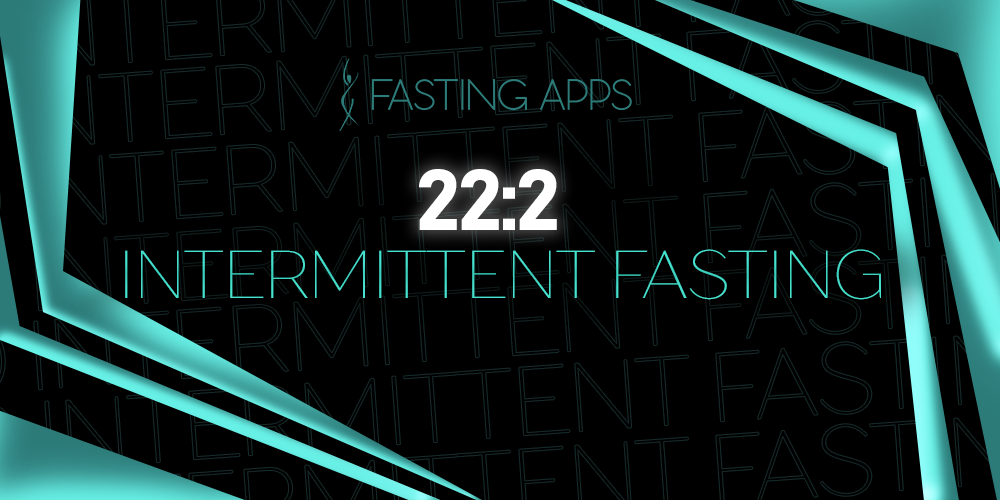Types of Intermittent Fasting

What works for one person might not work for another. If you’re trying to lose weight fast, improve your mental wellness, and stay healthy then intermittent fasting is a fantastic addition to your lifestyle. However, it’s important to note that, even with intermittent fasting, there is no “one size fits all” solution.
To adhere to the millions of different lifestyles that encompass the world, intermittent fasting offers tons of different methods. From hourly fasting to daily fasting, there is an intermittent fasting plan for your lifestyle. If you’re busy throughout the week and don’t have time to devote a day to fasting, stick with an hourly plan and fast at night.
We’re going to be looking at some of the most popular forms of intermittent fasting. The type of intermittent fasting that works best for you will be completely up to you. These methods of intermittent fasting are the most popular and have been proven to offer the most success. Take a look through our descriptions of each one and decide which intermittent fasting plan is best for you.
Intermittent Fasting by Hour
Let's start by breaking down one of the most popular forms of intermittent fasting: hourly fasting plans. These plans are typically done every day and split the day into eating hours and fasting hours. These are probably the most common forms of intermittent fasting as they're the most accessible and the easiest to get started with.
We've broken them down into their four most popular subcategories. There are plenty more forms of hourly intermittent fasting like 14:10, but the four we've highlighted are the four most common.
Everyone's first and many people's favorite, the 16:8 intermittent fasting method is a daily plan that breaks down each day into when you're eating and when you're fasting. The numbers designate the hours of the day devoted to each subsection. The 16 refers to how many hours each day you should be fasting and the 8 refers to when you're eating.
This is easily the least rigorous intermittent fasting plan out there which is why so many people start out with it. But, that doesn't mean it's not effective. By giving your body 16 hours to break down the necessary nutrients, you're enabling yourself to process unwanted fats and lose weight faster. The 8-hour span of eating is plenty of time to introduce the necessary calories your body needs.
The 18:6 is another form of hourly intermittent fasting. Much like the 16 and 8, this method breaks down your day into sections of eating and sections of fasting. This is a slightly more demanding version of the above intermittent fasting method as you have less time devoted to eating and more time given to fasting.
Even just a two-hour change can make a massive difference in how your body processes intermittent fasting. When you give yourself more time to process the calories and switch over to breaking down fats and chemicals, you're likely to lose more weight in a shorter period.
The 20 and 4 method splits the day into 20 hours of fasting and 4 hours of eating. This can be quite demanding on the body, so it's recommended that you don't start cold with this method. Many people who use the 20:4 intermittent fasting method ease their way into it. They either start out with a less demanding intermittent fasting method or only do it for a couple of days at a time at first.
Now, your body has 20 hours to break down foods, process calories, and absorb nutrients. That's plenty of time to process everything and turn it into useful chemicals the body needs rather than harmful fat storage.
This is the most rigorous of the hourly intermittent fasting methods. Most people who employ this fasting method have either been working up to it for a while or don't do it every day. It can be quite demanding for the body to go 22 hours without eating, so be careful if you start this intermittent fasting method.
The 2-hour window is certainly enough time to introduce all of the calories your body needs from the day, but you have to be careful when doing so. Stuffing yourself for 2 hours can be quite traumatic for your body and could introduce some eating disorders if you're not careful. If you're going with the 22:2 method, be sure to read up on how to do it safely.
Less common Intermittent Fasting Types
This intermittent fasting method is a little bit different from the ones listed above. Instead of breaking down each day into fasting and eating segments, this method focuses on each week. Eat-Stop-Eat is where you designate two non-consecutive days of the week as your fasting days. You then go a full 24-hours on these two days without eating.
Most people start their period of fasting after dinner and then wait until dinner time the next day. This intermittent fasting method can be quite intimidating, but as long as you have plenty of liquids throughout the day, you'll find that it's not as difficult as you might think. It can be hard to get started with, but much like the 22:2, it's better to ease yourself into the 24-hour period.
One of the most important things to remember with this intermittent fasting method is that the days you fast on cannot be consecutive. There should be at least one day of eating in between your fasting days, otherwise, you could do some serious damage to your body.
The final type of intermittent fasting that we're looking at is the 5:2. This is a similar method to the Eat-Stop-Eat, but instead of completely fasting for two days of the week, you simply lower your caloric intake on those days. Pick two non-consecutive days of the week where you eat no more than 500 calories. The rest of the days are normal eating days.
As with the Eat-Stop-Eat method, it's important that you separate the days of the week where you limit your calories. Otherwise, your body could experience some heavy strain which won't be healthy.
Written By Andrew Brewer
Andrew Brewer started FastingApps to give people the guidance that he never received when he was first starting. His goal is to make your goals achievable and to offer you only the best fasting apps that the internet has to offer. You're not on your own - Andrew and the entire family of reviewers at FastingApps are here with you every step of the way!





